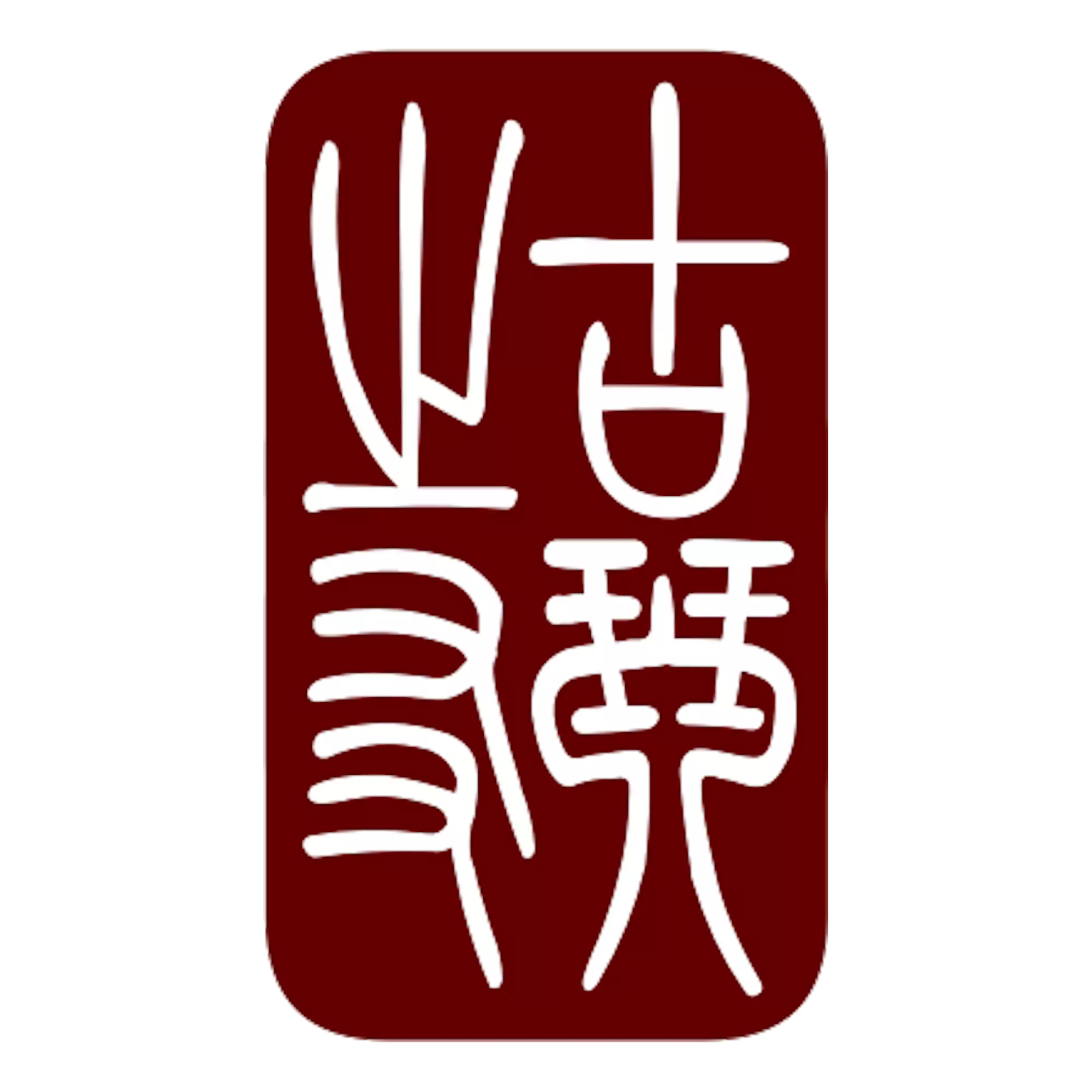Tuning the Qin#
Tuning the qin is one of the most important tasks when initiating oneself in the world of the qin. So, we want to devote a small space where we explain our experience tuning it, and also we give some indications, especially resources in Internet where this process is explained with detail.
Diao - Tuning and mode#
The Chinese word for both tuning and mode is diao.
Tuning refers to the correspondence among one series of notes and the strings of the qin. There are different tunings possible, but Chinese texts always refer to them in accordance with their relationship to standard tuning, called zheng diao.
String 1st 2nd 3rd 4th 5th 6th 7th
Note Sol La Do Re Mi Sol La
The 1st string is the farthest from the player.
In the Chinese musical system, the notes Do Re Mi Fa Sol La Si correspond in 1 2 3 4 5 6 7. So, we add this equivalence to the former table.
String 1st 2nd 3rd 4th 5th 6th 7th
Note Sol La Do Re Mi Sol La
Equiv 5 6 1 2 3 5 6
Mode for qin melodies is determined by the predominant tonal centers in the melody. Sometimes the name of the mode may correspond either to the name of the most important note, or to the open string which plays that note. Thus, within the same tuning there can be different modes.
In both tables we have used Gong mode (5612356) with the standard Zheng diao.
The standard tuning#
This can be carried out following two methods:
- searching the correspondence between the note of an open string and the note of a stopped string in a certain position (hui);
- searching the correspondence among the harmonics touched on two different hui of two strings.
It is advisable to follow method 1), since this is the easiest way to get a general tuning: for the harmonics it is necessary to be very precise, requiring very fine hearing. Once you have carried out this method, to fine tune you must apply method 2). With stopped sounds the exact position can never be certain, while for harmonic sounds it is easy to know if the correct point has been touched: if this is not precise there will be only a very weak sound.
Both methods are described in detail in the first reference of More information section.
Electronic tuners#
Whatever tuning method we choose, it is necessary to take into account that it is always necessary to have a note of reference (preferably the 4th or 7th string played open). An electronic tuner will be useful if capable of providing a note of reference, or if capable of working in very low frequencies. For the qin there traditionally was no absolute pitch: the actual pitch was determined by such matters as the size of instrument, quality of strings, and taste of performer.
More information#
You can find detailed explanations about the tuning of the qin in the excellent web site that John Thompson devotes to the silk string qin.
The web site of Christopher Evans also dedicates some pages to the qin tuning, including very detailed information.
